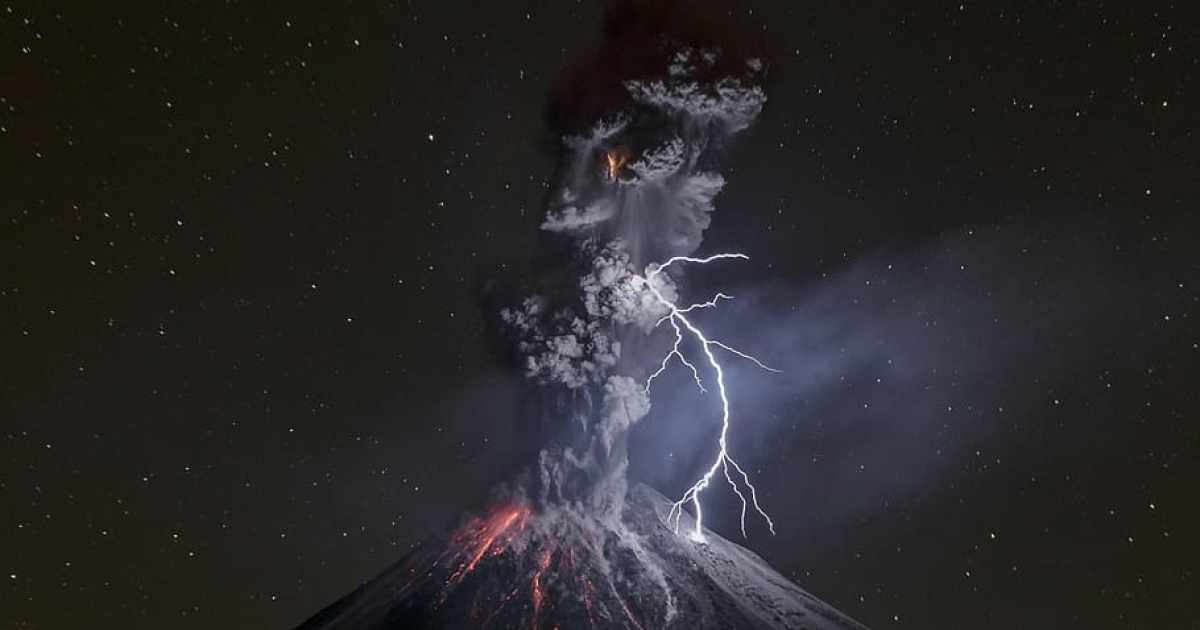Both in nature and in industry phenomenon of electric charges they are very present in grains. These units are found in both sand dunes and wheat silos. This discovery made it possible to calculate the distribution of these charges with great accuracy.
The work was led by University of Chile academic and physicist Nicolás Mujica and was published in the latest issue of the scientific journal Physical Review E.
“The grains exchange electrical charges simply because they are in contact with each other, after many frictions they reach a stationary distribution of charge. The question has been for some time what the shape of this distribution is and whether it can be accurately measured,” says Mujica. And what they were able to determine was that the grains, when interacting with each other, have memory, “in the sense that new transmissions seem to depend on how much charge each grain has, given their history of exchanges” – adds physicist. .
According to a Ph.D. in physics from the University of Paris VI (France), this discovery is consistent with the growing understanding of natural phenomena such as electrical storms in volcanic explosions and sandstorms, as well as industrial processes such as surface adhesion and fluidization processes or the stability of granaries such as wheat, corn or rice. “Having an experimental technique that can measure the charge distribution in different situations would be very useful, since it is necessary to have accurate measurement methods in order to understand or predict phenomena,” Mujica comments.
The group will continue to study how charge distribution depends on grain size. “We want to work with other load histories to see how this affects the mathematical shape of the distribution. And in this way we can see if we can, by changing the size of the grains, learn how the microscopic processes of charge exchange turn on this memory effect, ”adds the physicist.
The experiment was carried out by Dr. Mujica, together with Scott Vaitukaitis of the Austrian Institute of Science and Technology, where tens of thousands of grains in free fall and vacuum were traced with the help of video filming techniques, which made it possible to derive the electric charge of each of them.
The results were published in the journal Physical Review E in the article: “Precise determination of the shape of the granular charge distribution.”
Source: Digital Trends
I am Garth Carter and I work at Gadget Onus. I have specialized in writing for the Hot News section, focusing on topics that are trending and highly relevant to readers. My passion is to present news stories accurately, in an engaging manner that captures the attention of my audience.












